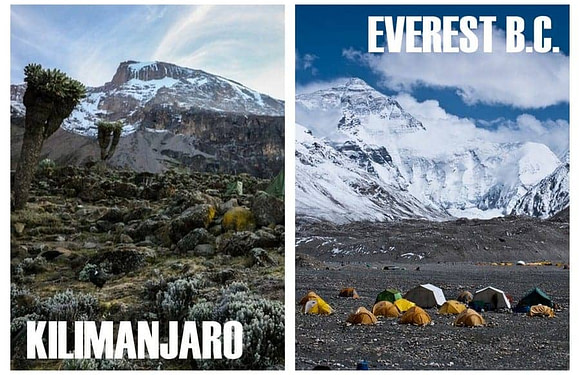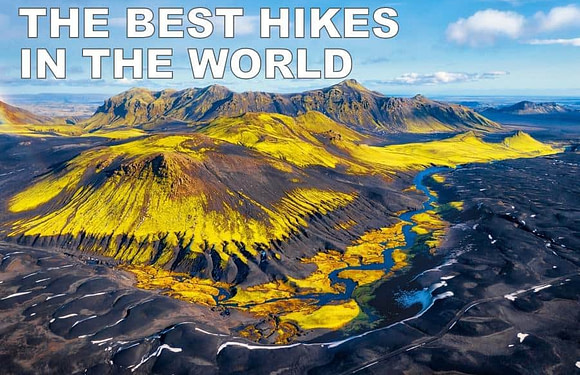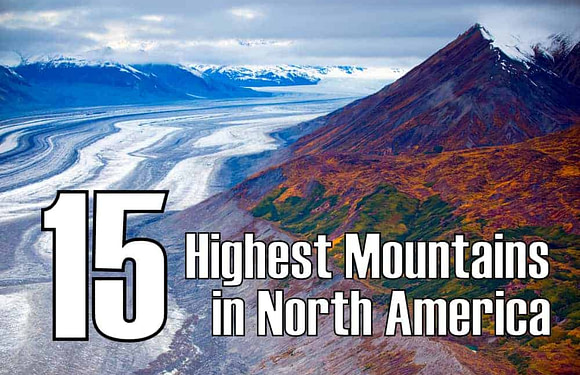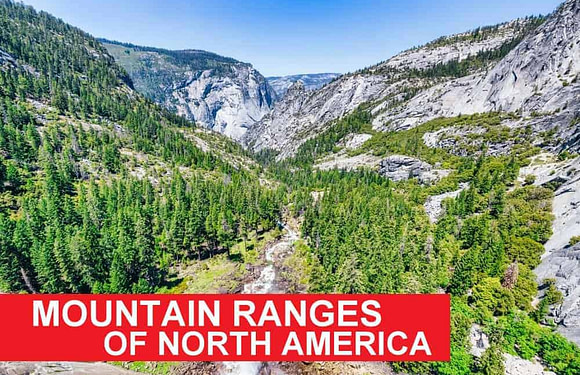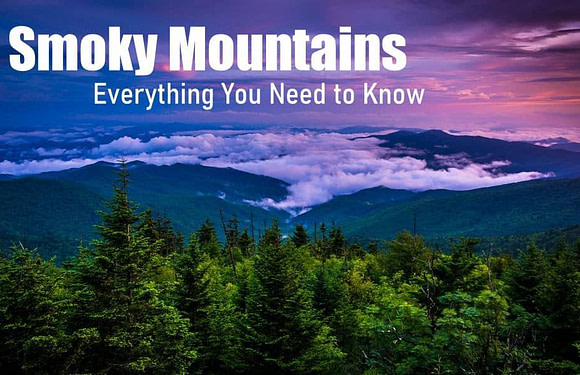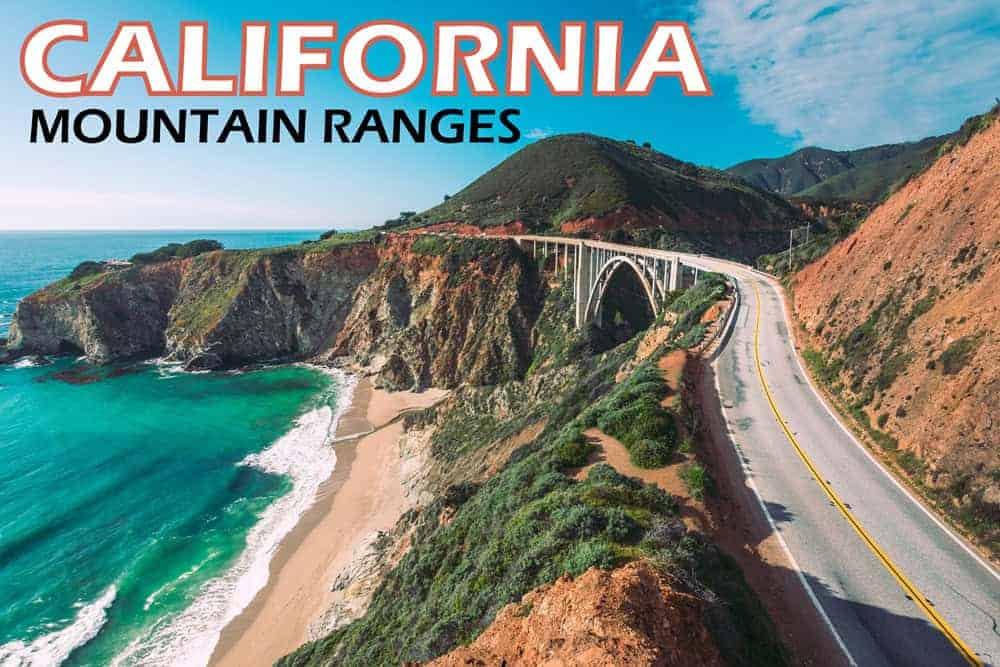
California’s mountain ranges are among the most geologically diverse and ecologically rich in the United States. The state is home to several major ranges, each with its own distinct landscapes, climates, and ecosystems.
What makes California’s mountain ranges unique within the USA is their extreme variation in elevation and environment over short distances. They also support an incredibly rich biodiversity, from alpine forests of the Sierra Nevada, home to giant sequoias, to the ancient bristlecone pines of the White Mountains.

Major Mountain Ranges of California
Here are the most notable mountain ranges in California:
- Sierra Nevada
- Cascade Range
- Coastal Ranges (includes Santa Lucia Range, Diablo Range, and Santa Cruz Mountains)
- Transverse Ranges (includes San Gabriel Mountains, San Bernardino Mountains, and Santa Monica Mountains)
- Peninsular Ranges (includes San Jacinto Mountains, Santa Ana Mountains, and Laguna Mountains)
- White Mountains
- Inyo Mountains
- Klamath Mountains
- Diablo Range
Sierra Nevada
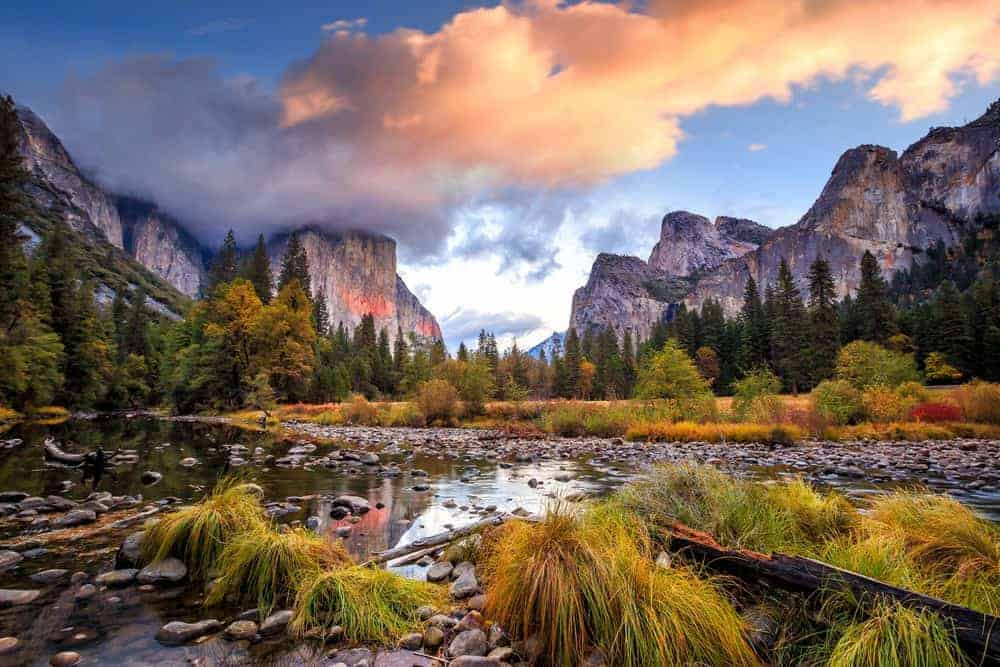
The Sierra Nevada is one of the most famous mountain ranges in California, stretching 400 miles along the eastern edge of the state. Known for its granite peaks and alpine scenery, the Sierra Nevada is home to Mount Whitney, the tallest mountain in the contiguous United States, standing at 14,505 feet (4,421 meters). Additionally, the John Muir Trail and sections of the Pacific Crest Trail run through the Sierra.
Yosemite National Park is a centerpiece of the Sierra Nevada, known for its sheer granite cliffs like El Capitan and Half Dome, as well as waterfalls and giant sequoias. The range also includes Lake Tahoe, a popular destination for skiing, hiking, and water sports.
Read more about the Sierra Nevada
Cascade Range
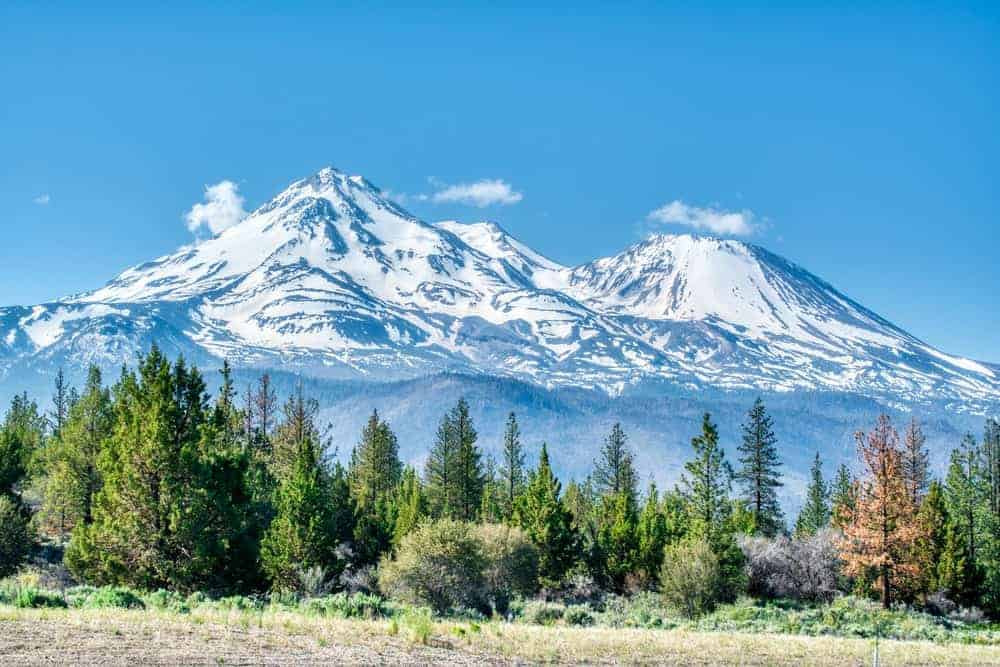
The Cascade Range runs from Northern California up through Oregon and Washington. The range is part of the Pacific Ring of Fire, a region known for frequent earthquakes and volcanic eruptions. The range itself was formed by the subduction of the Juan de Fuca Plate beneath the North American Plate, which has led to the creation of several active and dormant volcanoes.
The most famous mountain in the Cascades is Mount Shasta, a prominent stratovolcano standing at 14,179 feet (4,322 meters). But the range also includes Lassen Peak, another volcanic giant standing at 10,457 feet (3,187 meters).
Coastal Ranges
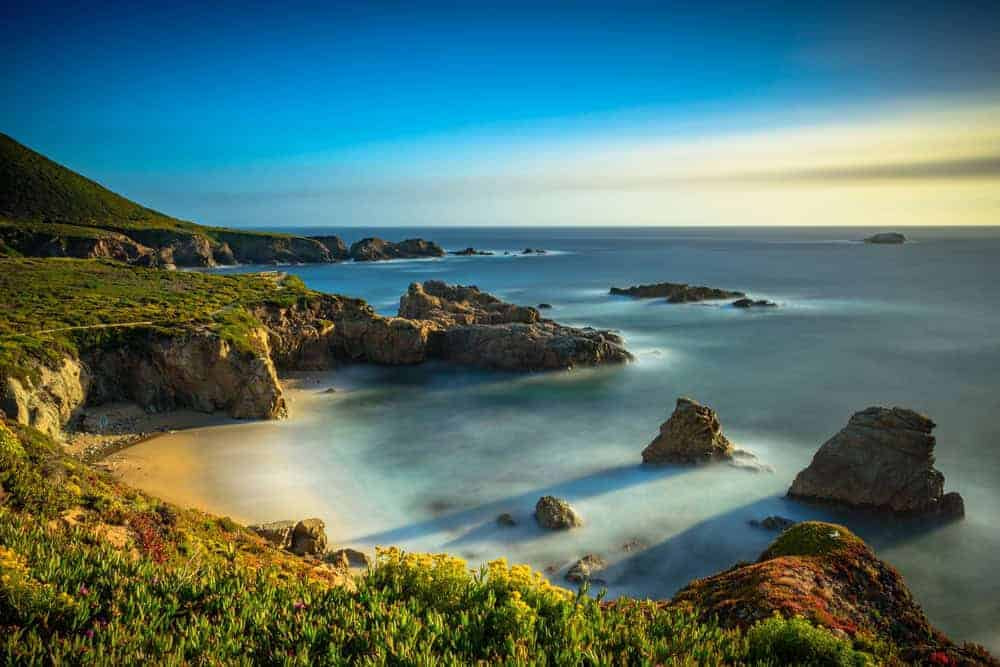
The Coastal Ranges of California stretch along the Pacific coast from the Oregon border down to Southern California. These ranges include the Santa Lucia Range, Diablo Range, and Santa Cruz Mountains, which are home to diverse ecosystems, including oak woodlands, redwood forests, and coastal scrub habitats.
The Santa Lucia Range is famous for Big Sur, where mountains meet the Pacific Ocean in dramatic fashion, providing lovely vistas and popular hiking trails. The Coastal Ranges are lower in elevation compared to the Sierra Nevada, with peaks like Mount Diablo at 3,849 feet (1,173 meters).
Transverse Ranges

The Transverse Ranges in Southern California are unique for running east to west, rather than the typical north to south direction of most mountain ranges. This range includes well-known peaks like Mount San Antonio (also known as Mount Baldy) at 10,064 feet (3,068 meters) and stretches across areas such as the San Gabriel and Santa Monica Mountains. The Transverse Ranges form the backbone of popular outdoor destinations close to urban centers like Los Angeles.
Angeles National Forest and San Bernardino National Forest are part of the Transverse Ranges and are popular for recreation, especially with residents of nearby cities. This range is also geologically significant due to its proximity to the San Andreas Fault, where tectonic activity plays a key role in shaping the landscape.
Peninsular Ranges
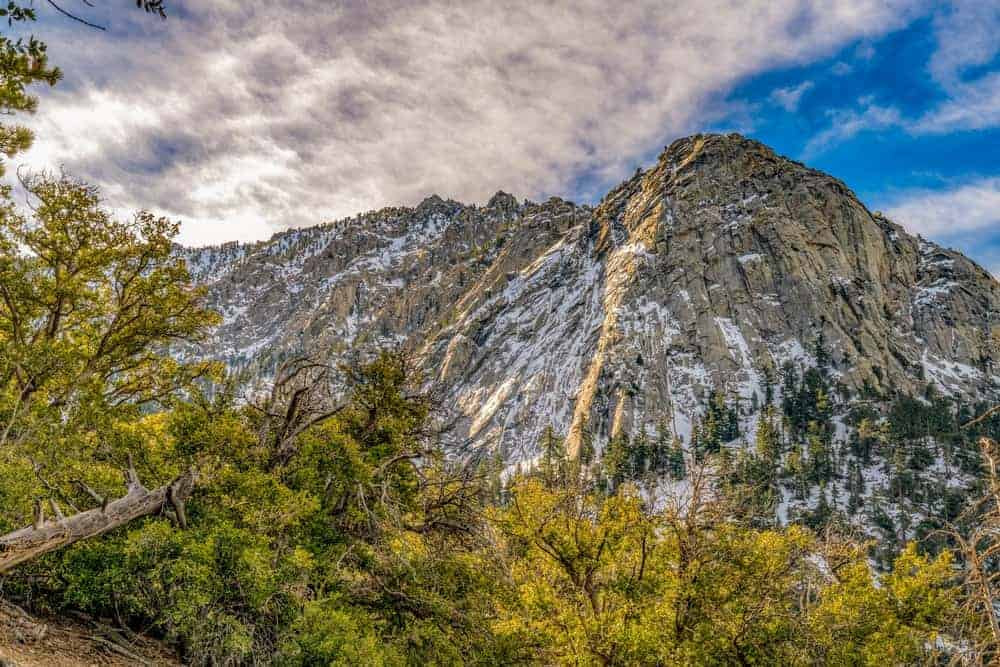
The Peninsular Ranges extend from Southern California into Baja California, Mexico, spanning a vast area. These mountains provide a diverse mix of terrains—a combination of desert, forest, and wildlife, making it a unique part of California’s topography. Bighorn sheep, mountain lions, and various bird species live here.
The Santa Ana Mountains and Laguna Mountains are part of the Peninsular Ranges. The highest mountain in the range is San Jacinto Peak, standing at 10,834 feet (3,302 meters). One of the hardest hikes in the USA, known as Cactus to Clouds, starts at the Palm Springs Art Museum and tops out on the summit for a whopping elevation gain of over 10,000 feet (3,048 meters).
Klamath Mountains
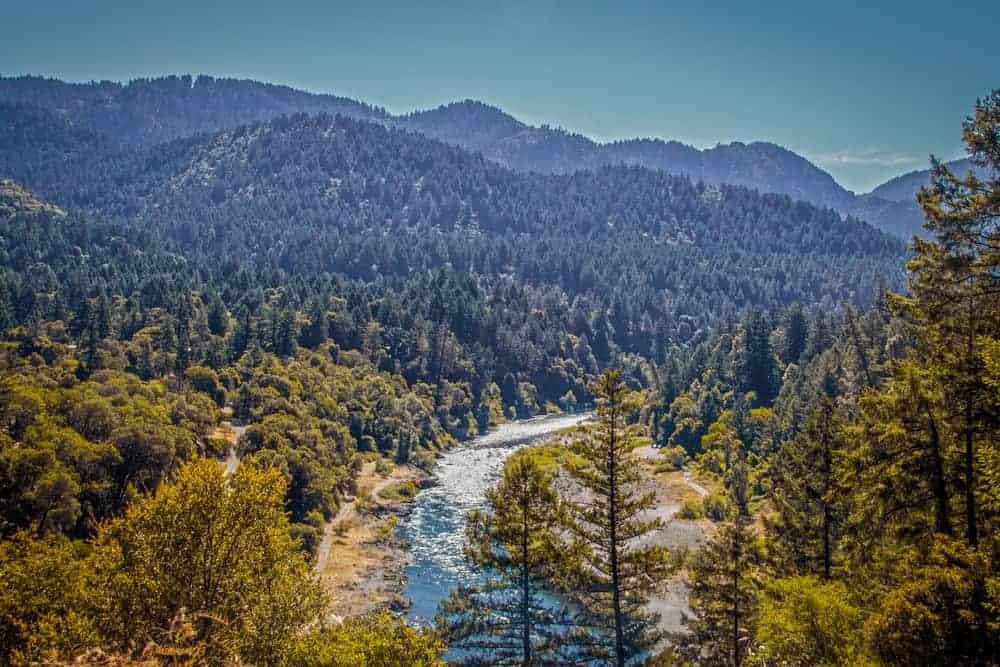
The Klamath Mountains span Northern California and Southern Oregon. The area is characterized by steep slopes, deep river valleys, and dense forests of conifers, including Douglas fir and ponderosa pine. The Trinity Alps Wilderness is a popular destination within the Klamath Mountains for backcountry adventures. Marble Mountains Wilderness, another notable area in the range, is famous for its scenic beauty and unique limestone formations.
Overall, the Klamath Mountains are less crowded than California’s other ranges. It is home to a wide variety of plant and animal species including black bears, mountain lions, and deer. The highest peak in the range is Mount Eddy, standing at 9,025 feet (2,751 meters).
Inyo Mountains
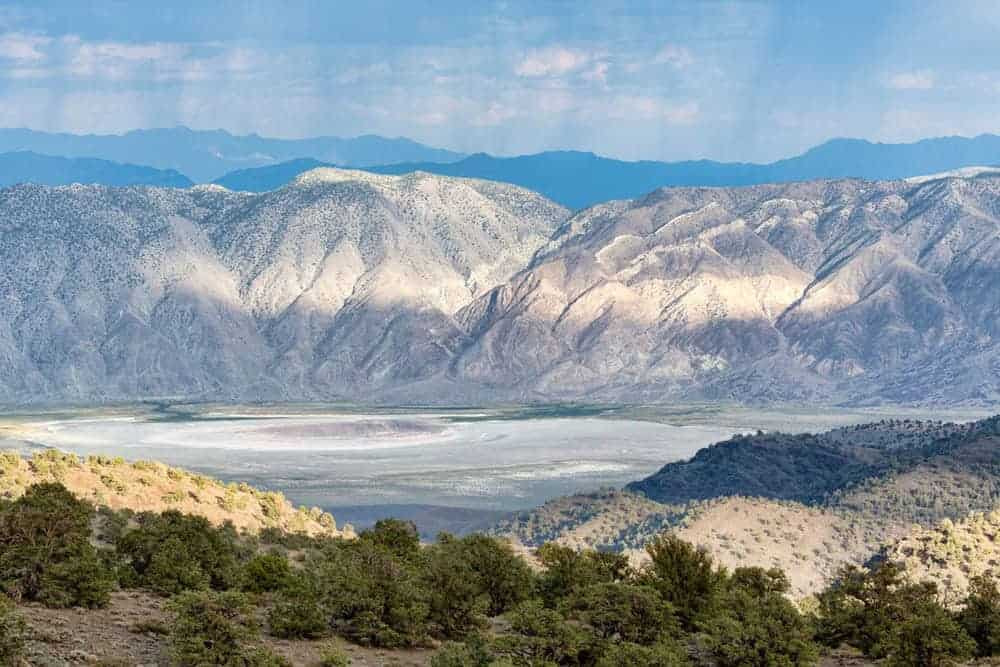
The Inyo Mountains run parallel to the Sierra Nevada. They stretch for about 70 miles, forming a natural barrier between the Owens Valley to the west and Death Valley to the east. This range is known for its desert landscapes, steep canyons, and dramatic elevations. While not as famous as the Sierra, the Inyo Mountains offer a rugged and starkly beautiful landscape.
Hiking and exploring the Inyo Mountains is not for the faint-hearted, as the trails are often rough, unmarked, and exposed to extreme weather conditions, particularly during the summer when temperatures can soar. Despite the harsh environment, large mammals, including desert bighorn sheep and coyotes, reside in this habitat. The highest peak in the range is Keynot Peak, which rises to 11,101 feet (3,384 meters).
White Mountains
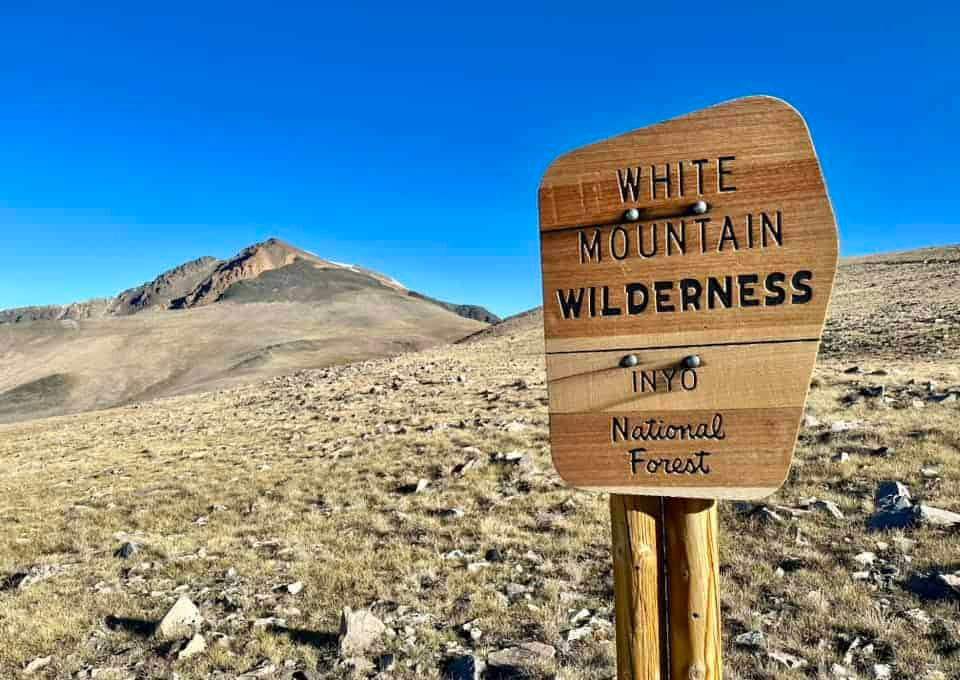
The White Mountains lie east of the Sierra Nevada. The highest peak in the range is White Mountain Peak, standing at 14,252 feet (4,344 meters). It is the third-highest peak in California, but is considered one of the easiest “fourteeners” to summit due to its gradual ascent and non-technical route.
Despite their height, the White Mountains are much drier and more barren than the Sierra Nevada, with little vegetation at higher elevations. The range experiences a cold, dry climate, with little precipitation throughout the year. The landscape is mostly composed of exposed rock, gravel, and hardy alpine plants that can withstand the extreme conditions. The range is home to the ancient bristlecone pine trees, some of which are over 4,000 years old and among the oldest living organisms on Earth.
Diablo Range
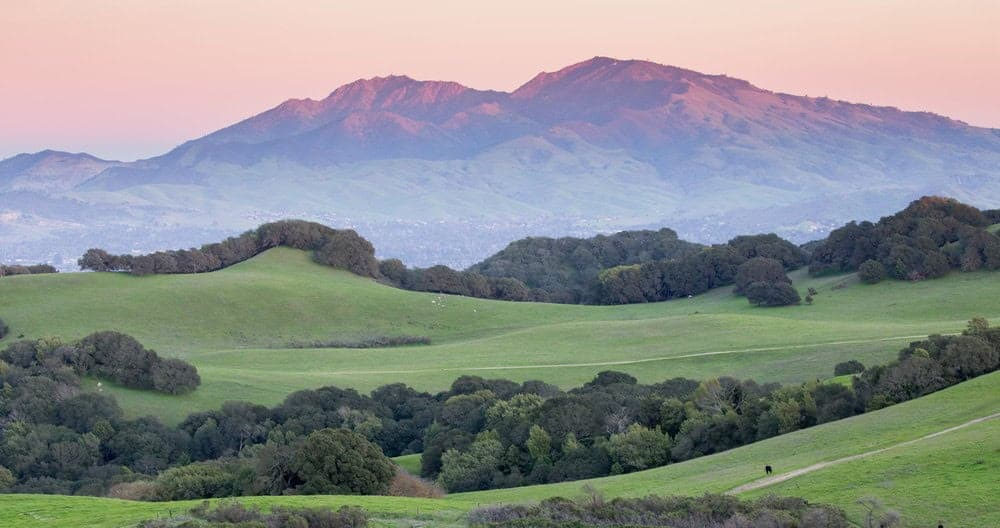
The Diablo Range runs along the interior of central California, separating the Central Valley from the coastal regions. The range experiences a Mediterranean climate, with hot, dry summers and mild, wet winters. While the peaks in this range are not as tall as others in California, the landscape is dominated by open grasslands and oak woodlands, which provide habitat for a variety of wildlife, including deer, coyotes, and golden eagles. In addition to its natural beauty, the range has historical significance as part of California’s ranching history, with many old ranches and remnants of early settlements scattered throughout.
Mount Diablo, the highest peak in the range, stands at 3,849 feet (1,173 meters). On clear days, it is possible to see as far as the Sierra Nevada and the Farallon Islands from the summit.




















































